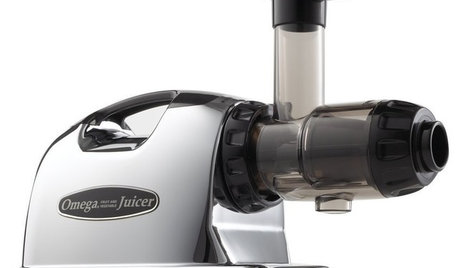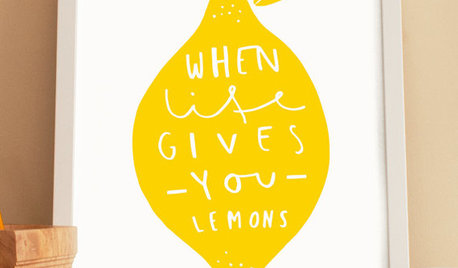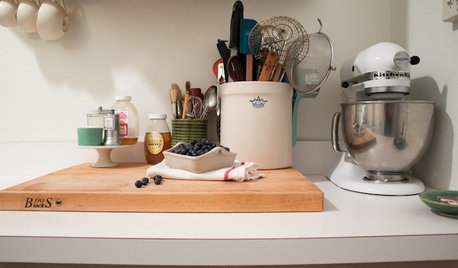How to get CO2 into fruit juice?
Konrad___far_north
11 years ago
Related Stories

PRODUCT PICKSGuest Picks: Get Juicing
Stay hydrated and healthy with these tools and accessories for juicing fruits and vegetables right at home
Full Story
MOST POPULARHow to Get Rid of Those Pesky Summer Fruit Flies
Learn what fruit flies are, how to prevent them and how to get rid of them in your home
Full Story
PRODUCT PICKSGuest Picks: Juice Up Your Rooms With Fruit-Inspired Designs
Zesty colors and fruit renderings on artwork and accessories give your home a burst of flavor
Full Story
GARDENING GUIDESGreat Design Plant: Kumquats for a Juiced-Up Winter
Grow it for the edible fruit or its good looks alone. This citrus cousin will brighten any gray winter day
Full Story
FARM YOUR YARDIf You Have Room for Only One Fruit Tree ...
Juice up a small garden with one of these easier-care or worth-the-effort fruit trees for a mild climate
Full Story
KITCHEN DESIGNKitchen of the Week: Tiny, Fruitful New York Kitchen
Desserts and preserves emerge from just a sliver of counterspace and a stove in this New York food blogger's creatively used kitchen
Full Story
FALL GARDENING5 Fall Fruits You Can Grow in Containers
Brighten your porch or patio with a potted pomegranate, kumquat, blueberry bush or another great fall fruit
Full Story
THE HARDWORKING HOMEA Hidden Charging Cabinet Corrals and Juices Family’s Electronics
The Hardworking Home: Laptops, phones and tablets now have a safe space in this kitchen, keeping the countertops uncluttered
Full Story
EDIBLE GARDENSHow to Grow 10 Favorite Fruit Trees at Home
Plant a mini orchard in fall, winter or early spring to enjoy fresh-off-the-tree fruit the following year
Full Story
GARDENING GUIDESGreat Design Plant: Grow Blueberries for Their Fruit and More
Eastern gardeners should consider growing blueberry plants for their delicious fruits, bee-friendly spring blooms and brilliant fall foliage
Full Story







milehighgirl
Konrad___far_northOriginal Author
Related Professionals
Ballenger Creek Landscape Architects & Landscape Designers · La Marque Landscape Architects & Landscape Designers · Oconomowoc Landscape Architects & Landscape Designers · Redondo Beach Landscape Architects & Landscape Designers · Springfield Landscape Contractors · Avocado Heights Landscape Contractors · Bowie Landscape Contractors · Caldwell Landscape Contractors · Commack Landscape Contractors · Essex Landscape Contractors · Fort Wayne Landscape Contractors · Golden Landscape Contractors · Kaneohe Landscape Contractors · Sammamish Landscape Contractors · Vacaville Landscape Contractorsbamboo_rabbit
windfall_rob
Scott F Smith
windfall_rob
wildforager
Scott F Smith
wildforager
don555
Konrad___far_northOriginal Author
Konrad___far_northOriginal Author
clarkinks